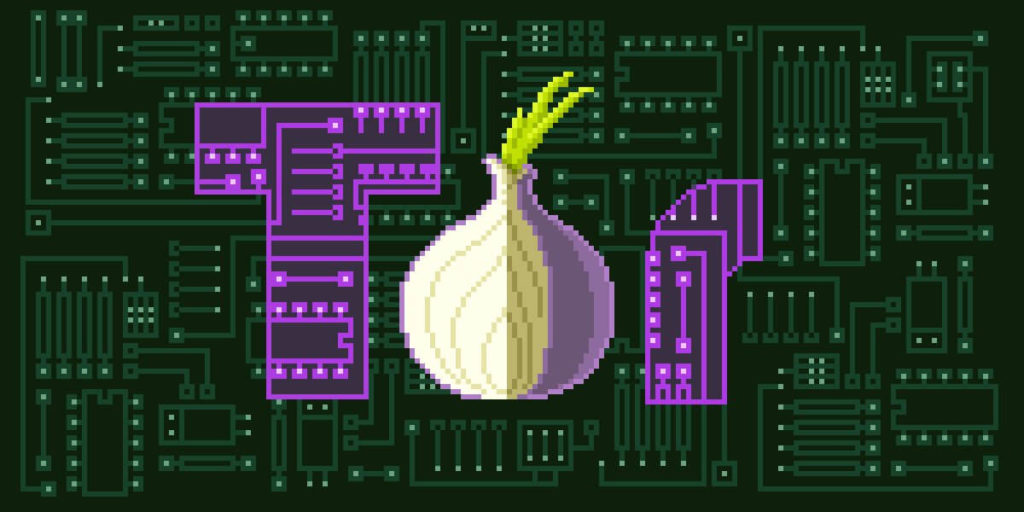


When used to is followed by the infinitive form of the verb, it's pronounced with a voiced sibilant and means "employed as a tool": Īs a final note, computerized grammar checkers are basically useless, and expecting MS Word or any other word processor to give you accurate grammar advice is a waste of time. The instrumental is not so completely reduced, the coda of "used" retains its voicing, and the normal lengthening of the vowel before voiced consonants occurs, giving approximately. The habitual is pronounced as a single word with highly reduced "to", approximately. Note that habitual used to is pronounced somewhat differently from instrumental used to. We don't normally think of buttons having habits-but aside from that, there's nothing wrong with the grammar. This one is grammatically acceptable, though the meaning is strange because it states that the button is somehow accustomed to opening the dialog. The button is used to opening the dialog. The button is used for opening the dialog.īoth of these are perfectly fine and mean the same thing. While used for is restricted to instruments or tools, used to can be used with both senses. You seem to believe that used to is only used to indicate habitual actions, while used for is only used for indicating instrumental actions. In lieu of further guidance, I will have to rely on my own interpretation, as stated above.

Grammar check results: No corrections whatsoever – Grammar check simply doesn’t react to the above sentences, not even those that are obviously wrong. The hammer is used to breaking the glass. The hammer is used for breaking the glass.

The button is used for opening the dialog. Sentences below checked in MS Word English US: (My interpretation in parentheses) The button is used to open the dialog. Google search: "button is used for": 2,250,000 hits And the Internet has proven totally unreliable. MS Word doesn't "see" the differences, so I turned to "Essential grammar in use" (Murphy) and "The Chicago manual of style", but still come up with nothing. However, I am unable to substantiate this. To me, "used to" and "used for" are incompatible, as shown in the examples below.


 0 kommentar(er)
0 kommentar(er)
